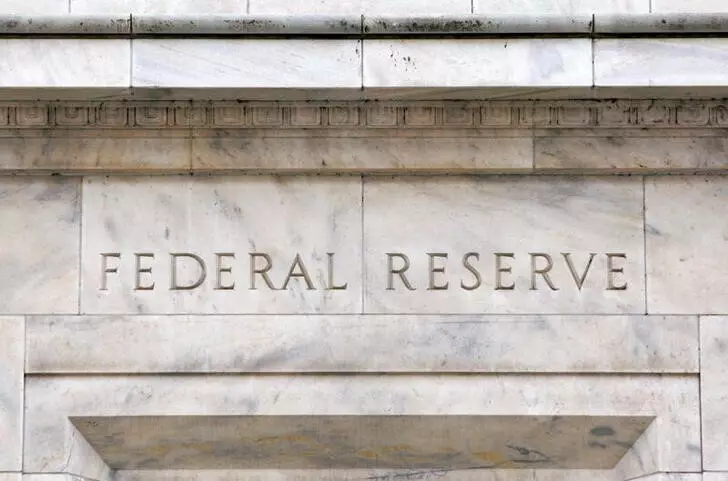In recent months, the economic landscape has undergone significant changes, influencing the Federal Reserve’s monetary policy decisions. Following a substantial 50-basis-point rate reduction in September, analysts from Deutsche Bank suggest an emerging pivot in market sentiment, compounded with speculation regarding the central bank’s potential pause in further cuts. Despite the recent shifts in the economic indicators, strategists highlight that any move to halt rate reductions is contingent upon meeting stringent conditions.
The possibility of a 25-basis-point cut at the December meeting appears plausible, according to Deutsche Bank’s insights. This expectation aligns with the prevailing upper thresholds of the Fed’s monetary policy frameworks, hinting at the establishment of interest rates below 4.5%. However, this scenario is intricately tied to forthcoming economic data. The crucial barometer the Fed will monitor includes inflation rates—particularly core Personal Consumption Expenditures (PCE) inflation—which needs to consistently reflect a pattern of 0.3% to affirm ongoing economic pressures.
For a pause to be realistically considered by the Fed, two pivotal conditions demand attention. Firstly, inflation must exhibit a more persistent trend, suggesting that additional rate reductions could instigate unforeseen economic ramifications. Secondly, stability in the labor market is essential. Evidence of strengthening labor metrics, such as robust payroll growth, a stable unemployment rate (ideally at or below 4.1%), and a revitalization of job transitions (quits and hiring), will reinforce confidence in the Fed’s policy moves.
Deutsche Bank’s strategists acknowledge the challenging nature of interpretation, particularly with factors like hurricane-affected data and the November Consumer Price Index (CPI) report occurring during the Fed’s blackout period. These elements complicate the central bank’s ability to gauge the efficacy of its interventions. Thus, while a December reduction seems on the table, the reliance on data-driven decisions indicates the Fed’s cautious approach.
Looking further ahead to 2025, Deutsche Bank forecasts that conditions conducive to pausing rate cuts may become more pronounced. Seasonal inflation trends are likely to temporarily elevate inflationary figures, which may compel Fed officials to adopt a more conservative posture on future cuts. As the economy approaches its neutral rate estimates, the interplay between residual seasonality and inflation could yield significant implications for monetary policy.
Moreover, the uncertainty surrounding the upcoming electoral landscape introduces further complexities. The potential for a political “red sweep” devoid of new tariff implementations is suggested to be a hawkish influence, while alternative scenarios, such as a Trump-led administration with tariff-supportive policies or a mixed Harris presidency alongside a Republican Senate, could each introduce unique pressures based on prevailing economic conditions.
The sensitivity of the Fed’s rate trajectory to its neutral rate estimates—commonly linked to what is known as the “r-star” or equilibrium rate—further complicates the current monetary policy environment. Deutsche Bank estimates a nominal neutral rate around 3.5%, underscoring the difficulty in establishing an exact figure. This ambiguity underscores the Fed’s constrained maneuverability, particularly since current policy rates are hovering just above this neutral mark, thereby limiting options for further cuts without encroaching upon the neutral zone.
Consequently, the possibility of a December rate cut remains tangible; however, the Fed’s response to economic shifts will inevitably require a careful balancing act. What lies beyond November’s horizon will depend largely on the persistent nature of inflation and the strength of the labor market. If the conditions are favorable, early 2025 may mark the beginning of a strategic pause in rate adjustments, allowing the Fed to regroup and reassess its long-term monetary objectives amidst a fluid economic backdrop.
As the Federal Reserve navigates the complexities of the current economic landscape, strategic foresight and adaptability will be paramount in shaping its monetary policy decisions in the months and years to come.


Leave a Reply